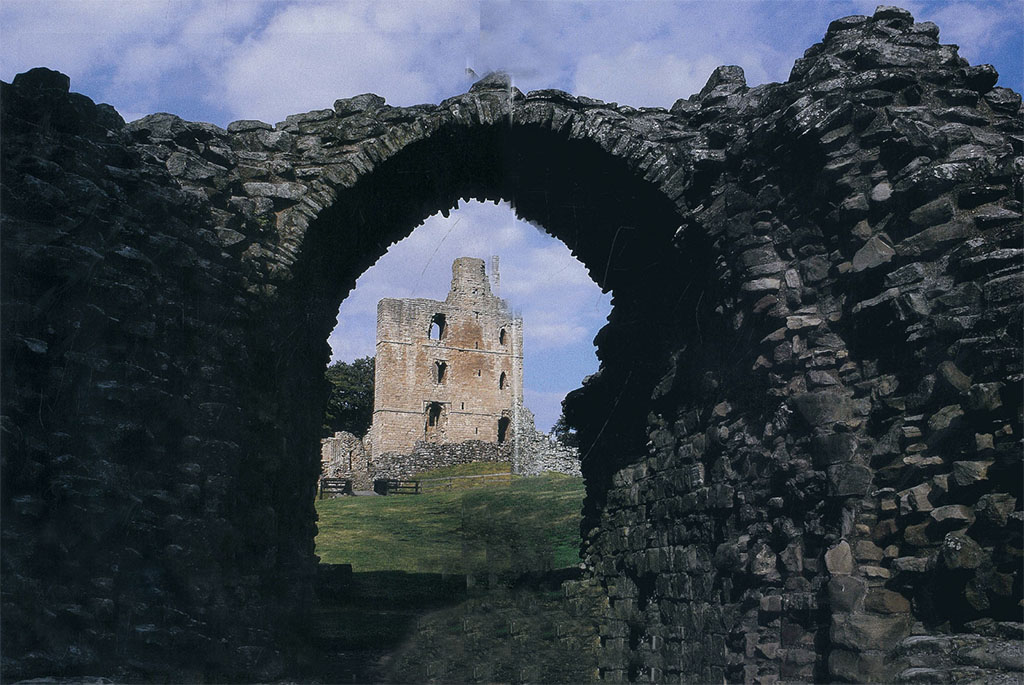
‘The Most Dangerous Place in England’
[caption id="TheMostDangerousPlaceinEngland_Feature" align="aligncenter" width="1024"]

Chris Sharp
Norham’s Great Tower served first as an artillery emplacement, and later as a grand Tudor manor house.[/caption]From the Great Tower, the English must have looked over the Outer Ward into the surrounding countryside and wondered whether the fortifications that had withstood so many other sieges could survive the imminent Scottish bombardment. The Scots, lining up with their new cannon, were confident, and with good reason. After just two days of Scottish artillery fire, Norham fell.
As far as the history of both nations went, it mattered little. Three weeks later Norham returned to English hands after James’ defeat at nearby Flodden. The castle was never fully rebuilt, although modifications were made to the Inner Ward and the Great Tower. The most significant improvement was the construction of Clapham’s Tower, which theoretically would have allowed savage firing on any army that broke into the Outer Ward. The theory was never tested. Flodden so severely weakened the Scots that subsequent owners of Norham concentrated their efforts and funds on making the Great Tower a comfortable Tudor mansion. Indeed, with the death of Elizabeth and the 1603 Act of Union, Norham’s military function ended. In the following centuries it fell into ruin to become the resplendent skeleton it is today.





Comments